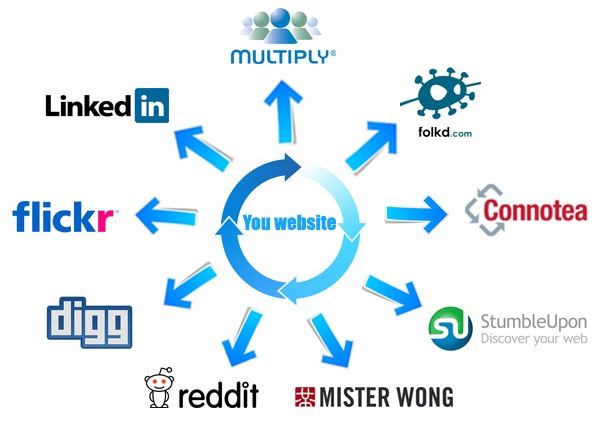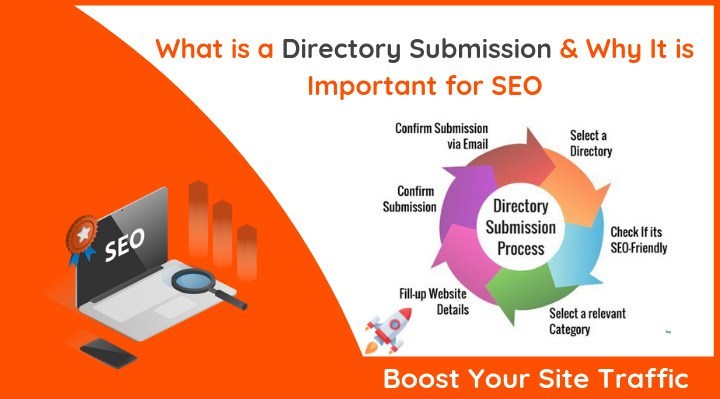Introduction
If you’re looking for an easy way to boost your search engine optimization (SEO) without having to learn how to code or install plugins, article submission might be the perfect solution. In this article, we’ll cover how you can use this strategy as part of your overall SEO plan and how it fits into other strategies like guest blogging and social media promotion.
Create an article to submit.
To create a high-quality article to submit, start by thinking about what you want to write about. Maybe there’s an event coming up at your business or a new product or service that you’d like to promote. You can also choose topics that are relevant to your industry and potential customers.
For example, if you run an office supply store, consider writing an article about the best ways to organize desk space at home or in the workplace. Or if you run a restaurant chain with multiple locations across town, write up some tips on how customers can save money while eating out with family members during the holidays (e.g., ask for separate checks).
Pick a high-quality directory.
Now that you’ve picked the right keywords, it’s time to pick a high-quality directory. There are many directories on the web that offer free listings, but not all of them are worth your time.
To find directories that meet your needs as an SEO tool, first look at their page rank and domain authority (see below). If they are in the top 1000 of Google or have a domain authority over 30+, they can be considered good options for submitting content.
Additionally, check out how many links point to each site and what type of link profile they have (ex: internal vs external links), as well as whether the directory has been around for more than five years and if their content is quality enough for search engines (e.g., does it contain 500+ words per article?). Finally, check out user experience metrics like bounce rate and average time spent on site so you can determine whether visitors are enjoying their experience on your site after reading through your articles!
Include a clear “Author Bio” section.
Include a clear “Author Bio” section.
In this section, include your name, contact information and links to your website, social media profiles and email address.
Give yourself some space in the bio to explain who you are and what you do; try to avoid sounding too sales-y or like you’re trying too hard to impress people with industry jargon they don’t understand (or care about).
Submit your article.
Once you’ve written and edited your article, it’s time to submit it. Before you get too excited, though, read through the directory’s guidelines carefully and make sure that they fit with what you want to write about. If there are specific keywords that need to be included in a title or description—or if the article must be between 500-1000 words—make sure those requirements are met before submitting.
It’s also important not to submit the same article over and over again. This can lead Google to flag your site as a spammer which will reduce its relevance in search results. Instead of having one main hub where all of your content lives (like a blog or website), try submitting articles across multiple directories so they appear on different parts of Google’s search page—and give yourself another opportunity for people who may have missed an earlier post find them!
Article submission can be a great way to build backlinks to your site and increase your pagerank, which will ultimately lead to more customers visiting your site.
Article submission can be a great way to build backlinks to your site and increase your pagerank, which will ultimately lead to more customers visiting your site.
In order for article submission to be effective, you should submit your articles to high quality directories. Make sure that you include a clear “Author Bio” section at the bottom of each article so that readers know who wrote it and have an easy way to contact you if they want more information about what you do or sell.
Conclusion
If you’re looking for a way to get more traffic to your website, article submission is a great place to start. It’s easy, it’s free, and it can pay off big time in the long run if done correctly. The only downside is that there are so many directories out there that some of them might be spammy or full of irrelevant content—but if you do your homework before picking one then you should have no problems whatsoever!












